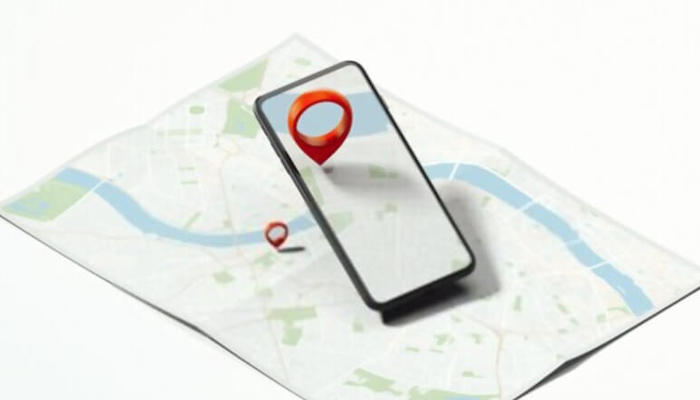How to Disable Geotagging in Photos? - 3 minutes read

Geotagging in photos is a great way to add context to your photos and make them easier to find. Most photo editing applications, including Lightroom, Aperture, iPhoto, Picasa and Flickr, support the ability to geotag your images.
Geotags in photos store the latitude and longitude of a location, along with any other information about that image, in the file's EXIF data. This data is typically displayed on a map when you share a photo online or on a photo website, making it easy for others to find the picture they're looking for.
Most smartphones, as well as point-and-shoot and DSLR cameras, have GPS capabilities built into them or can be retroactively enabled with a GPS receiver like a Garmin eTrex. Some camera models also have a built-in app to geotag images as you take them. You can use geotagging software for images.
Adding geotags to your photos is a great way to show off where you've been and share it with friends and family. You can also use this information for organizing and managing your digital photos.
However, if you're concerned about sharing your personal information online without retaining the location data, there are several ways to disable geotagging in photos.
By default, all photos taken with a smartphone will automatically geotag their location. Thankfully, most modern photo applications and services have a setting that can be enabled or disabled to remove this feature. Many peoples use image geotag online.
However, if you have photos on your computer that aren't geotagged, it can be difficult to determine which ones have the location data and which don't. One quick way to do this is by uploading your pictures to a service that can instantly display them on a map, like Google Photos. This is particularly useful if you've taken many pictures simultaneously and want to locate them easily.
What is Geotagging, and Why is it Important?
What is Geotagging? Geotagging is the process of appending geographic coordinates to media, like photos, videos, websites, and text messages. It allows brands to target consumers based on where they are, what they’re doing, and how they engage with their brands.
Why is geotagging important?
It helps businesses understand where their consumers are and gives them the opportunity to offer specialized offers. It also allows businesses to see how their customers interact with their brand across devices, such as on social media or when engaging with their websites.
Instagram and Twitter are great platforms for geotagging. This allows users to share where and what they're doing, giving their followers a deeper look into their life.
Facebook and Instagram are also great places to host photo contests encouraging users to share their experiences at a specific location. This provides businesses with a chance to source user-generated content and regram it for their accounts, which can be beneficial in building relationships and reaching new audiences.
Using geotagging can be risky, however, and should be carefully considered before you decide to tag a location. For instance, if you're visiting a pristine natural environment or a place of cultural significance, tagging your location could reveal information about you that you don't want to share with others.
Another benefit of geotagging is that it can help you organize your photo catalogue by location, allowing you to find the best shots you've taken easily. It can also be useful for professional uses, such as logging the location of rare wild animals and archaeological sites.